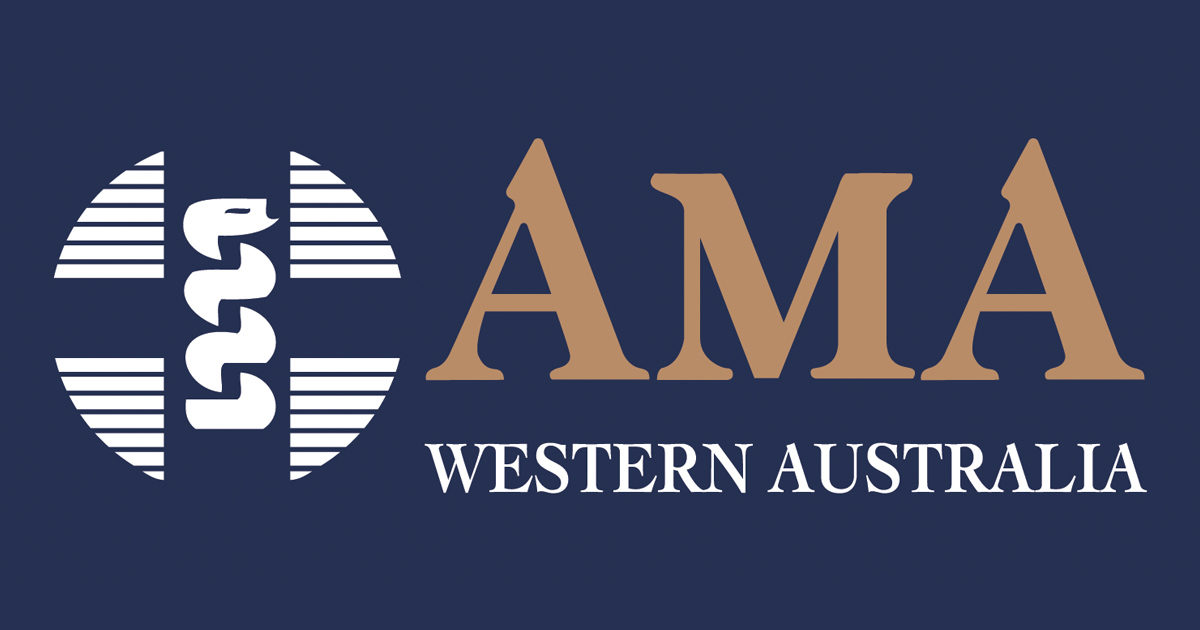Hyperendemic rheumatic heart disease in a remote Australian town identified by echocardiographic screening
DescriptionThe rates of acute rheumatic fever (ARF; 354 per 100 000 people in 2017) and rheumatic heart disease (RHD; 2436 per 100 000 people) for Aboriginal and Torres Strait Islander people in the Northern Territory are among the highest in the world; the RHD rate is much higher than for non‐Indigenous Territorians (63 per 100 000 people).
Prevalence of ARF and RHD is highest in remote communities where inadequate housing leads to household crowding, markedly increasing the risk of group A streptococcal infections.
This research used echocardiographic screening to estimate the prevalence of rheumatic heart disease (RHD) in a remote Northern Territory town.
Learning Outcomes
- Explain key components of the research.
- List main findings.
- Recognise changes in management as a result of the guideline.
Authors: Joshua R Francis, Helen Fairhurst, Hilary Hardefeldt, Shannon Brown, Chelsea Ryan, Kurt Brown, Greg Smith, Roz Baartz, Ari Horton, Gillian Whalley, James Marangou, Alex Kaethner, Anthony DK Draper, Christian L James, Alice G Mitchell, Jennifer Yan, Anna Ralph and Bo Remenyi
Article Type: Research



